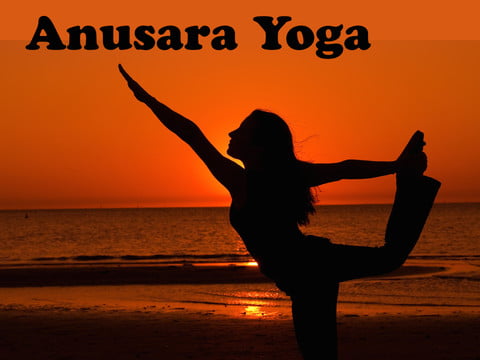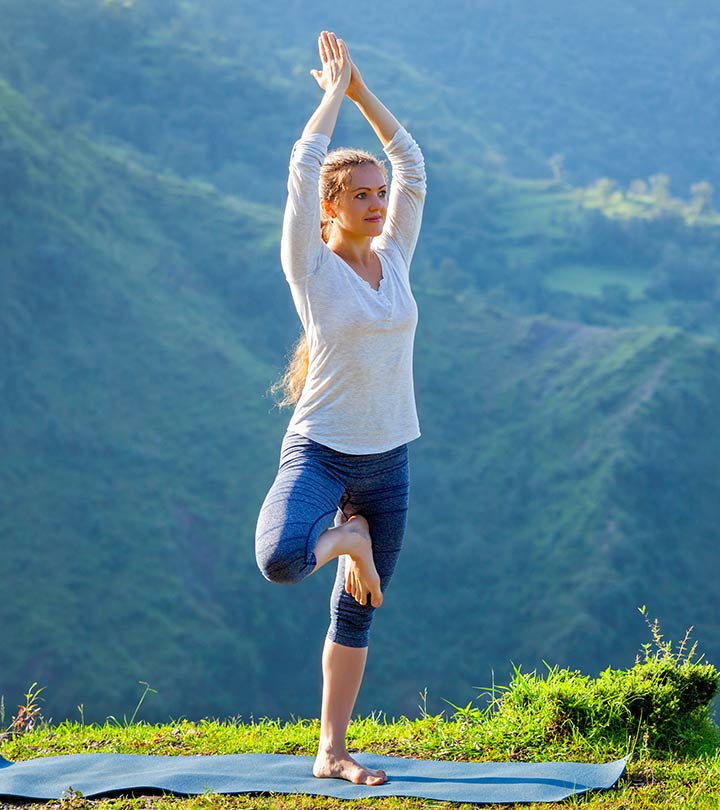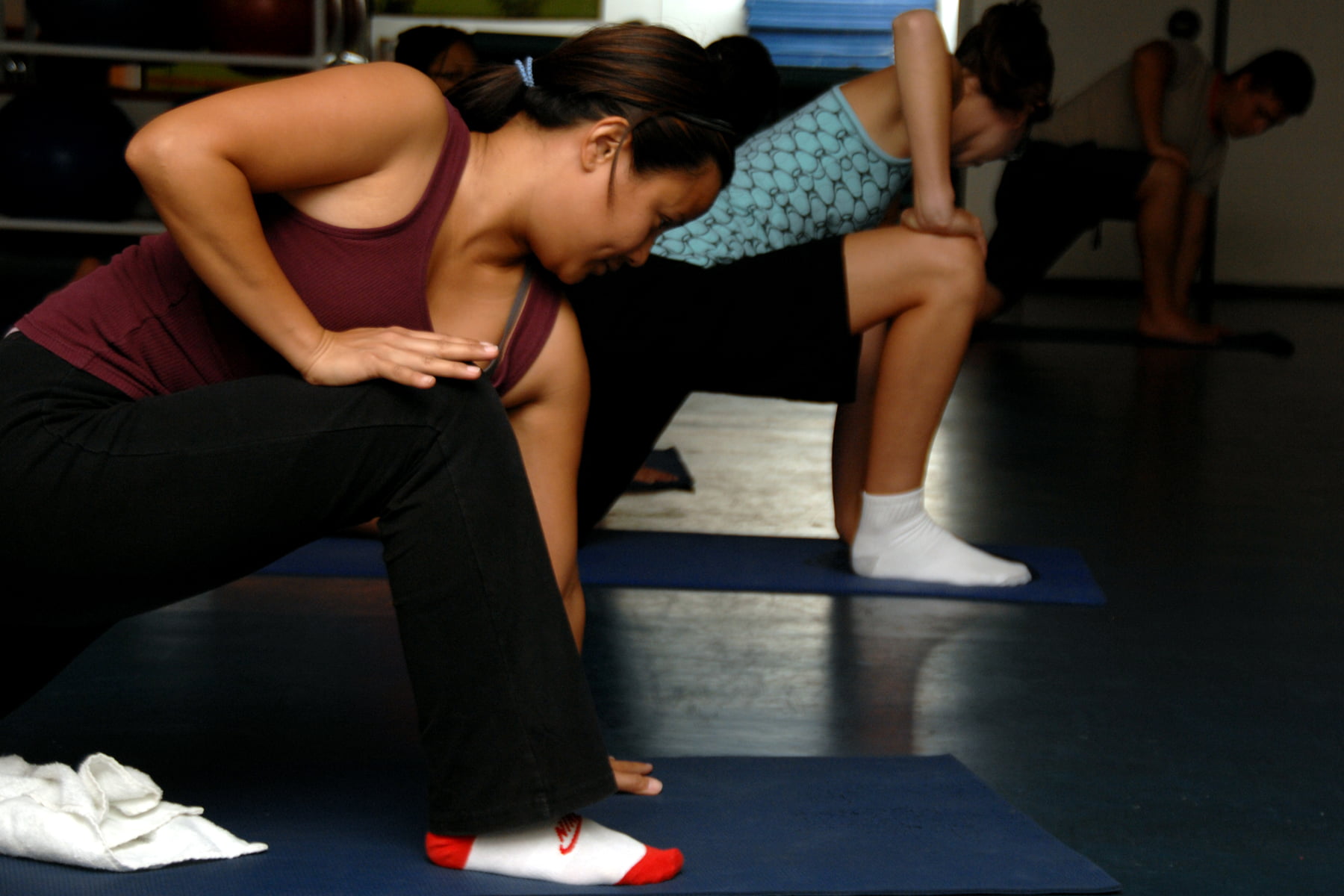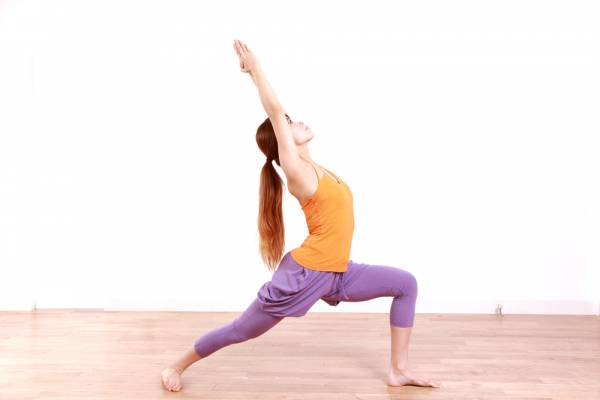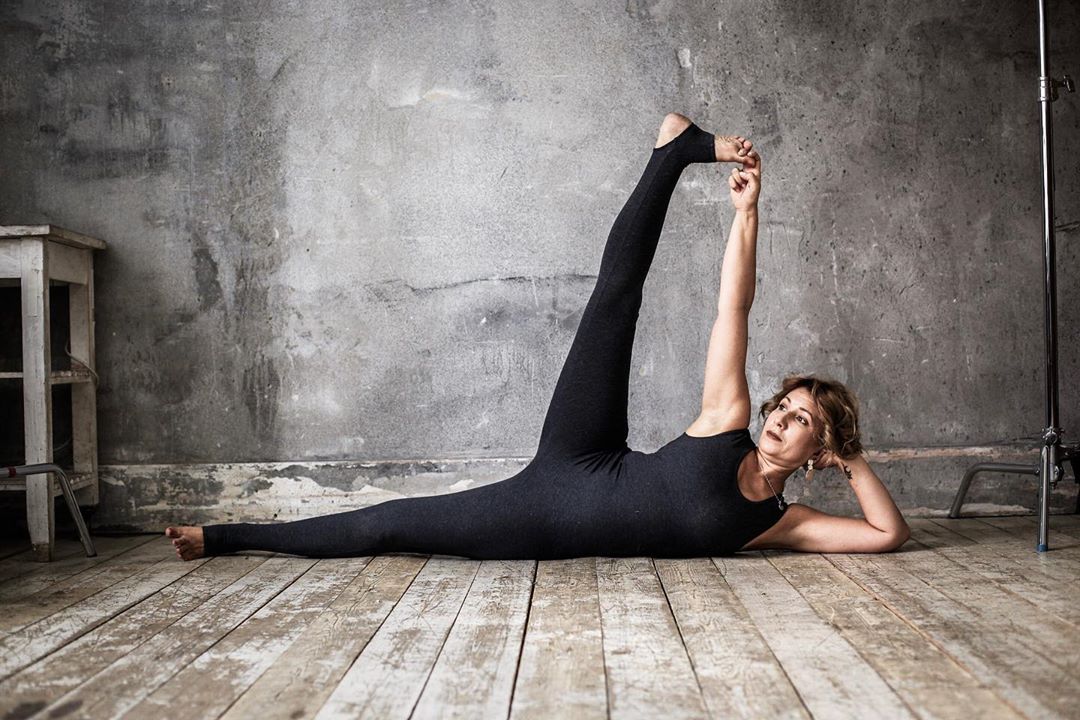
English Name: Sleeping Vishnu Pose
Sanskrit Name: Anantasana (अनन्तासन)
Level of Yoga: Basic to Intermediate
Duration: As per your capability or 20 to 30 seconds
Target Area: Back of your legs, Sides of your torso
Strengthens: Hamstrings, Sides of your torso
“Ananta” is among numerous nicknames of the renowned Hindu God, The Lord Vishnu. Accidentally, “Ananta” is also the name of 1000 (One Thousand) head celestial snake, Whose another name is “Shesha-naga”. As per the legends’ notion, the Lord Vishnu takes rest on Ananta or Shesha-naga at the time of his vacation at the bottommost of the primordial ocean.
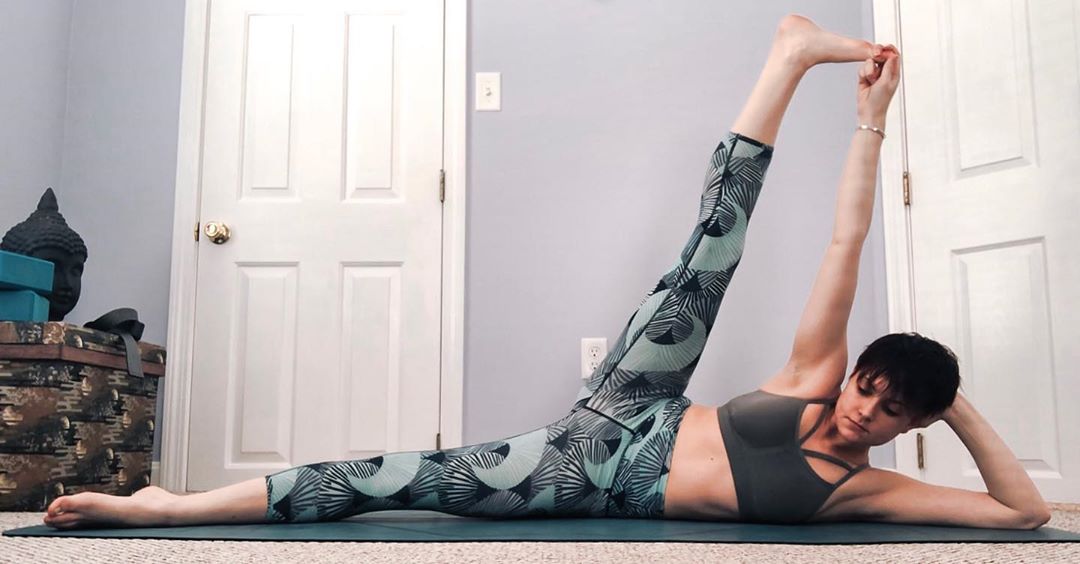
Table of Contents
What Does It Mean By Anantasana (Sleeping Vishnu Pose)?
The term Anantasana has come from two Sanskrit language words,
Where the first word is “Ananta (अनन्त)”, which means “Lord Vishnu”
And the second word is “Asana (आसन)” which means “Yoga Pose”
Anantasana is also known as the “Sleeping Vishnu Pose” in English because it looks like the pose of the Lord Vishnu when he takes rest on the snake Ananta nag. This yoga asana requires plenty of focus and patience. In case you’re a beginner to yoga, then this yoga pose can prove to be quite challenging for you.
Preparatory Poses of Anantasana (Sleeping Vishnu Pose):
- Supta Padangusthasana (सुप्त पादंगुष्ठासन) or Reclining Hand-To-Big-Toe Pose
- Parighasana (परिघासन) or Gate Pose
- Utthita Trikonasana/Trokonasana (उत्थित त्रिकोणासन/त्रिकोणासन) or Extended Triangle Pose/Triangle
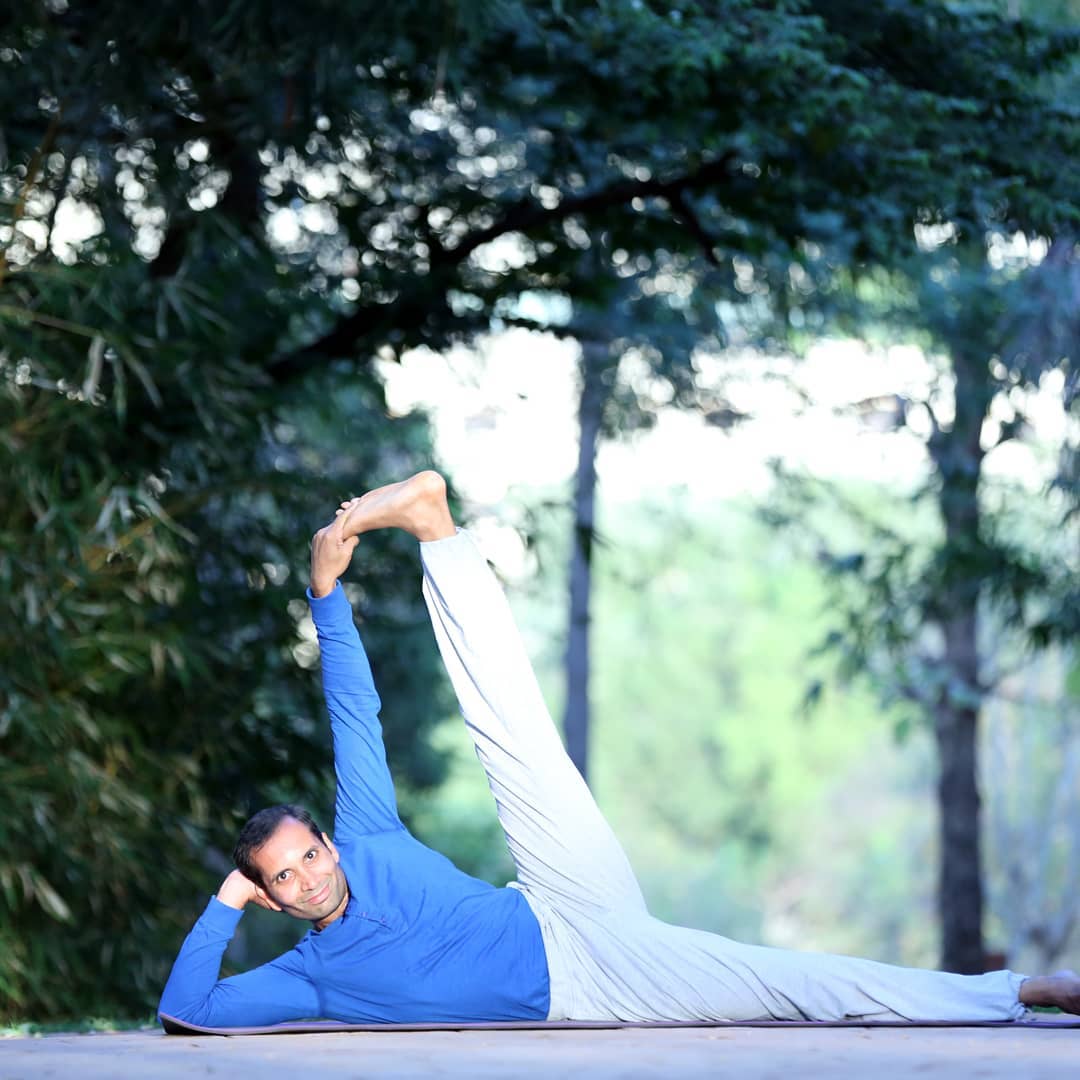
Method of Practicing Anantasana (Sleeping Vishnu Pose):
At first, lie down on your back on the floor or on a yoga mat
Stretch the right hand to take it to the back of the yoga mat
Now, roll over onto the right side
Then folding your right arm, lift your head and place your head on your right-hand palm
Thus your head will then rest on the upper arm
Keep in mind that your fingers have to point toward the chin
Activating your both feet, proceed for the pose
From your elbow to your heels, try to keep the entire body in a straight line
Do not lean backward or forward
Lift the left knee and raise the left hand to hold the big toe of your left leg
Straighten the left leg towards the ceiling as ample as possible
You should maintain the balance on the side without rolling even a little bit
Releasing your toe, roll to the back
Now repeat this yoga pose on the left side
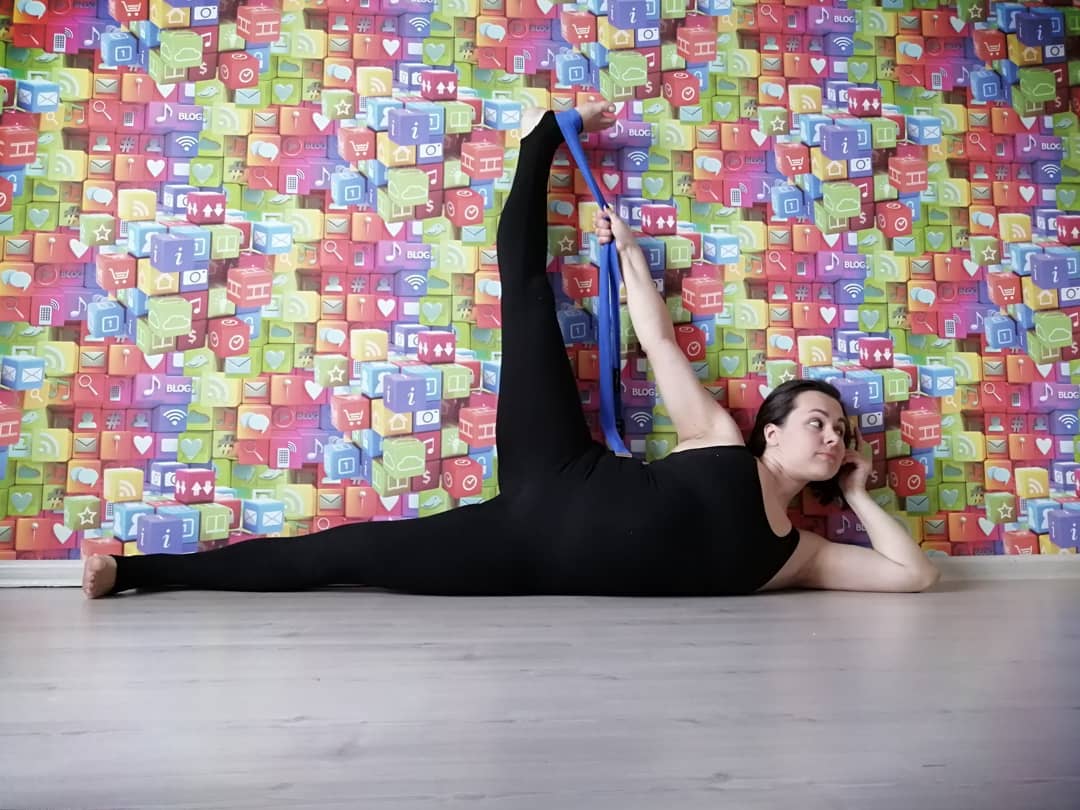
Beginner’s Tips:
In spite of the fact that this posture is certifiably not a hard one, tenderfoots could utilize props while doing this asana.
You may utilize a folded blanket or a wedge against the back to keep up the body balance while rehearsing this posture.
Follow-up Poses of Anantasana (Sleeping Vishnu Pose):
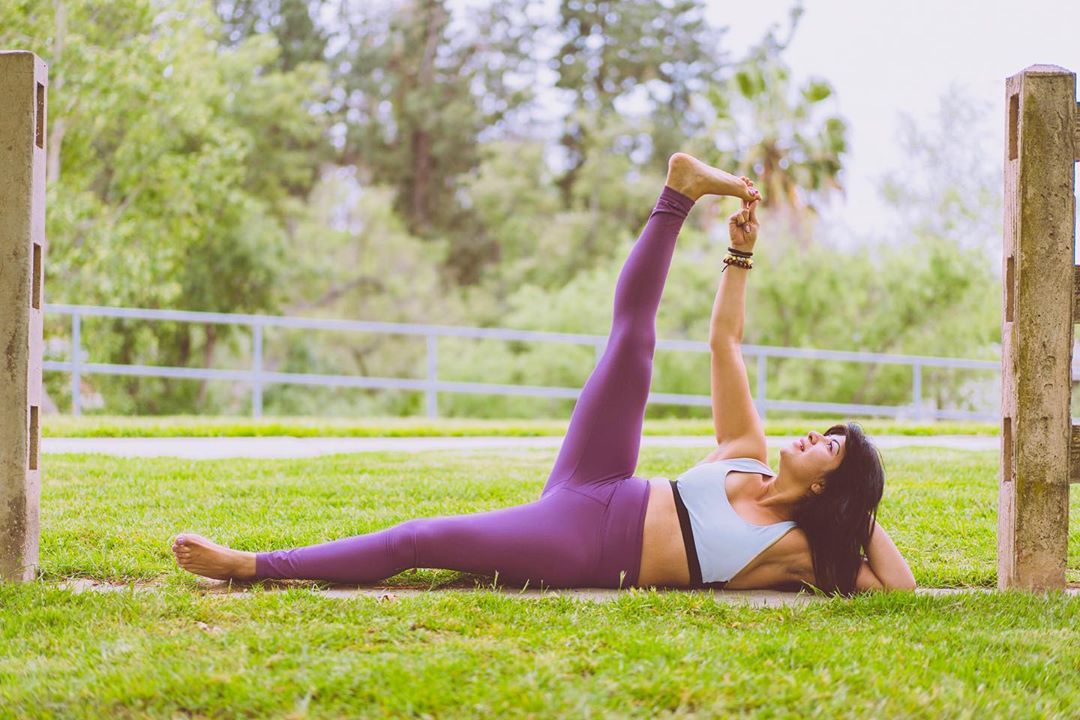
Precautions of Anantasana (Sleeping Vishnu Pose):
The Sleeping Vishnu Pose accompanies numerous advantages. All things considered, a few precautionary measures ought to be attempted when rehearsing this posture.
This asana isn’t reasonable for individuals who have sciatica torment, spondylitis issues or slip circle issues.
Moreover, individuals encountering undeniable irritation and shoulders ought to likewise abstain from rehearsing Anantasana as it can wind up harming their body.
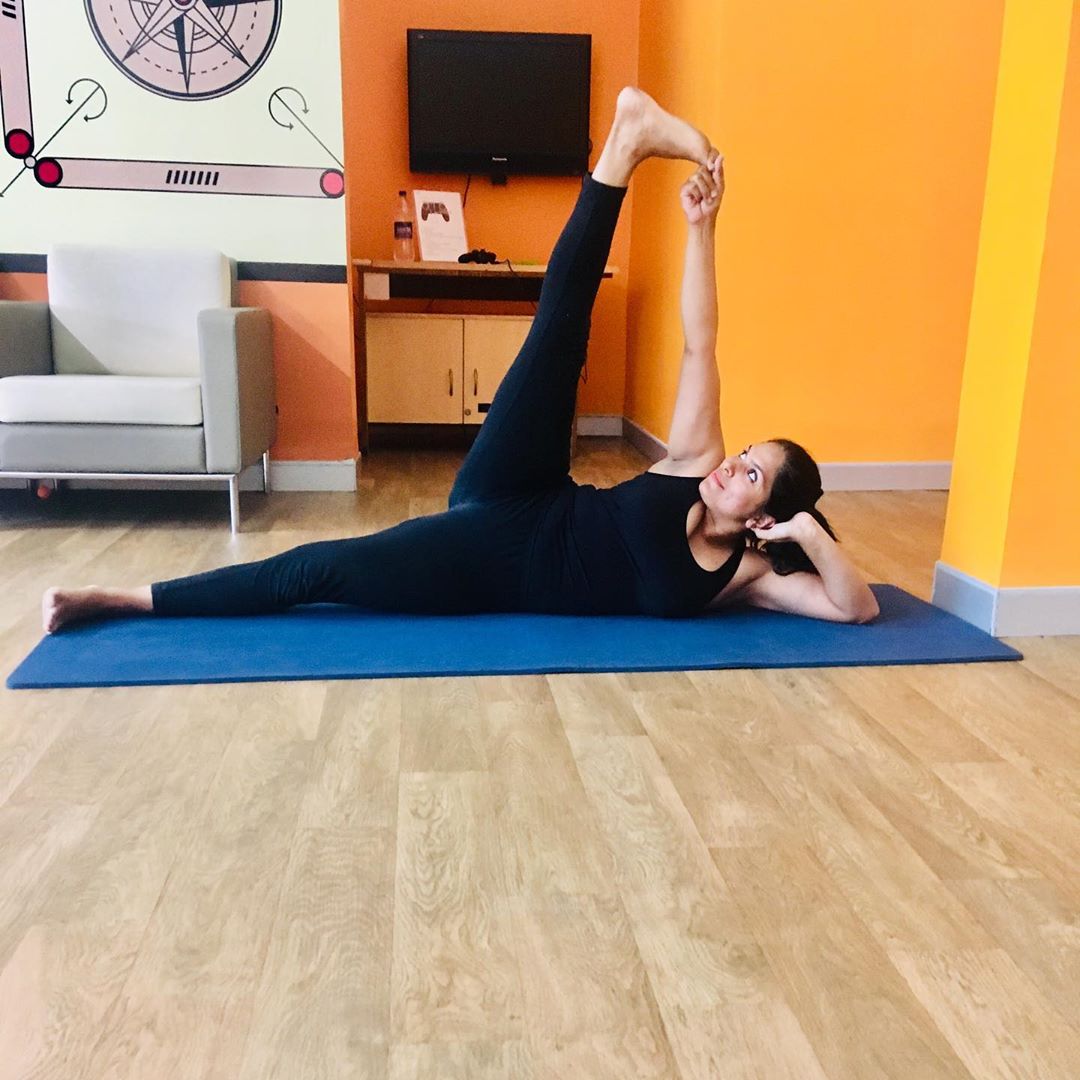
Benefits of Anantasana (Sleeping Vishnu Pose):
- This asana conditions your muscular strength
- It gives a decent stretch to the whole body and thus strengthens the muscles
- This asana reinforces shoulder muscles, so practice it regularly
- The hamstring is additionally extended and reinforced
- You can get thinner from hip and thigh, so to reduce weight from this area practice this asana
- It helps being developed of pelvic bit
- Invigorates blood flow your heart and cerebrum increments
- It additionally assuages from pressure and stress
- It’s useful in treating issue identified with the urinary bladder, uterus, prostate, testicles, and ovaries
- It assists with stomach related issues as well
- This asana helps in assuaging mental nervousness and stress
- It is additionally valuable in redressing menstrual issue and edema of the arms or legs

